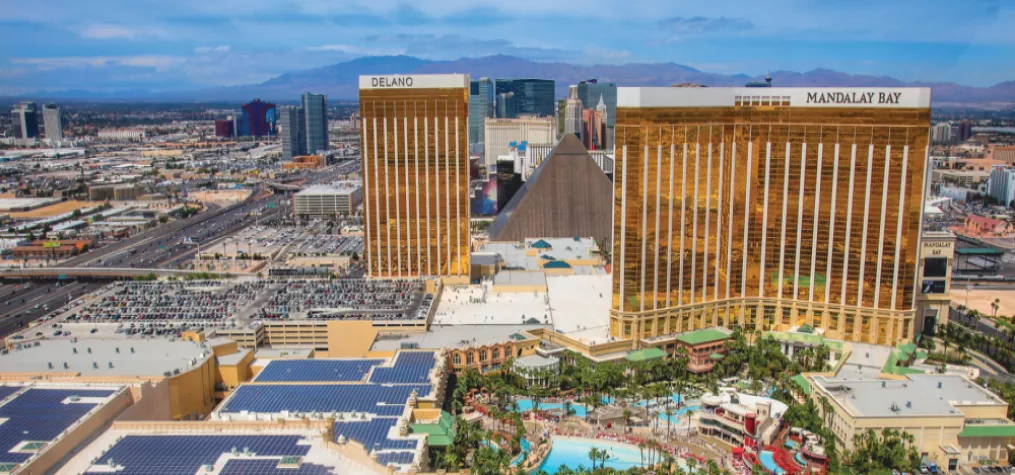David Brian Ward

David Brian Ward is the CEO of Safe Site Check In. He has more than three decades of experience as a tech investor and entrepreneur.
There’s been a lot of talk lately about the use, or misuse, of QR code data by marketers. It’s a valid argument, albeit familiar, in the context of data privacy. Most people are aware that QR codes aren’t new, but they are back in the spotlight. This is due to a variety of reasons, the top ones being the acceleration of QR codes during the pandemic and the eventual dissolution of third-party cookies.
Throughout the pandemic, QR codes proved to be the easiest way to conduct touchless transactions such as ordering food or paying a bill. Now, they’re a primary way for managing how attendees enter an event. And with Google granting third-party cookies a stay of execution until 2022, QR codes are looking like a delicious way for event marketers to capture verified, first-party data. After all, nothing says opt-in like pairing your own smartphone with a QR code.
With all the attention on marketers’ use of QR code data and the increased risk of malicious ones surfacing, people will start to hesitate before they scan. Or they’ll disable the feature on their phone. This will be unfortunate. Despite QR codes being borne out of marketing, additional business benefits are starting to emerge.
QR codes, when used as a business tool, offer a secure way to communicate with trusted individuals. With a dedicated QR code for a venue or event, it’s easy to verify the person sitting across from you. The event marketer can then ask the questions they need to ensure the safety of everybody onsite, including attendees, employees and contractors. For example, “Have you been vaccinated against COVID-19?” Other entry or exit questions can include event feedback or routing a delivery person to the proper location or contact.
There are lots of other short-term and long-term benefits of using QR codes for attendee entry. The most obvious ones are that it streamlines the outdated process of signing in and printing badges. From a more strategic safety perspective, having a way to reach everybody onsite is critical in the event of an emergency. The data about who was onsite is beneficial for completing reports, such as incidents, accidents or illness, especially if there are potential legal ramifications. Since lawsuits are often settled months of years after events, having a secure, private digital archive is important evidence.
Emergencies aside, having QR code check-in data provides event managers and organizers with an additional, interesting view into the health of their events and the interest and engagement of attendees compared to registrants. The reports are easy to view instead of having to comb through loads of information or navigate event planning software. The check-in data can work with existing investments in technology.
While there are numerous benefits of using QR codes, they can be squandered if people refuse to check in because they fear compromising their personal data. Arguably, this was one of the biggest reasons why the Google/Apple efforts at COVID-19 contact tracing were met with lukewarm participation.
The answer is simple: Keep private data private and let users know your policy. Let’s unpack these two different yet complementary actions.
When it comes to keeping data private, you might want to think twice about using a QR code generator found through an online search or other third party. The emergence of SaaS-based private QR codes issued by a mobile platform provider or other private company is a safer and easier way. They ensure the data is not misused and the related analytics are properly managed to deliver business value.
There are several ways to let people know the QR code privacy policy that goes beyond the very fine print we’re all used to seeing when we download apps. You can post a simple explanation of how the data is used next to the QR code or when a user signs in or out. The key to making it work is to provide assurance that personal data is protected.
As we go back to attending events in person, QR codes are becoming part of work protocol for safety and security. Let’s not use them solely for marketing campaigns.
Don’t miss any event-related news: Sign up for our weekly e-newsletter HERE and engage with us on Twitter, Facebook and LinkedIn!
